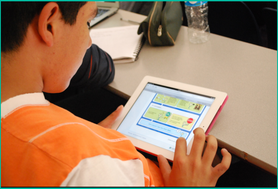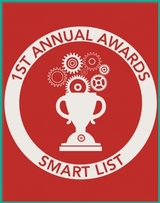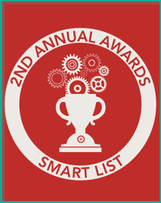
The good news is that various types of technology are proving effective as educational tools to meet the unique needs of students with ADHD. Here, we’ll examine the advantages of doing so.
About ADHD
The symptoms of ADHD often appear in early childhood and include things like being fidgety, daydreaming, forgetfulness, taking needless risks, talking excessively, showing lack of self-control and struggling to get along with others. While some of that may sound like “normal” childhood behavior, the difference for children with ADHD is that symptoms don’t subside, they often get worse over time, they result in impairment in key domains of functioning, and they often co-occur in two or more settings.
In the classroom, behaviors such as these can pose a significant challenge to learning and success — which is why it’s important for teachers and school counselors to make the most of available resources to help. As Anil Chacko, a professor for Counseling@NYU, which offers an online master’s in school counseling program, notes, it’s important to “… utilize methods that support students’ time management, planning, and organization.” Technology can be a helpful tool for doing just that.
Bridging the Gap
Additionally, while devices such as tablets and smartboards are quite common in today’s classrooms, advances in technology that integrate various aspects of artificial intelligence (AI), augmented reality (AR) and virtual reality (VR) into learning applications have many educators excited about what’s ahead. By helping to bridge the gap between regular and special education students, technology can make classrooms more inclusive with teaching that caters to all learners.
Advantages of Using Technology
- Increasing engagement. Computer learning programs and gaming applications provide immediate feedback and support multisensory learning and interactivity. They help to hold a student’s attention and prevent boredom.
- Reducing distractions. Using noise cancelling headphones or earbuds — as well as devices or apps that provide white noise — can help reduce surrounding distractions so students can focus on the task at hand.
- Improving time management. There are a variety of task timers that can help students stay focused during projects, remind them to pay attention or to take scheduled breaks to help them rest and renew.
- Helping with reading, writing and math. Tools like audio books can help students stay on track while reading to improve retention and comprehension. Portable word processors can help those who struggle with dysgraphia, a learning disability that affects writing abilities, and a variety of apps and tech tools can help students who need more support with math.
- Supporting organizational skills. Children with ADHD often struggle to stay on track when it comes to homework, schedules and staying organized. Scheduling apps can help with the former — and electronic finders can help kids locate misplaced items they may need for school.
These are just some of the advantages of using tech to teach students with ADHD. As it becomes an increasingly essential educational tool, it will be important for parents, teachers, and school counselors to reinforce the use of tech for learning — even outside the classroom.
Alexis Anderson is a Digital PR Coordinator covering K-12 education at 2U, Inc. Alexis supports outreach for their school counseling, teaching, mental health, and occupational therapy programs.












